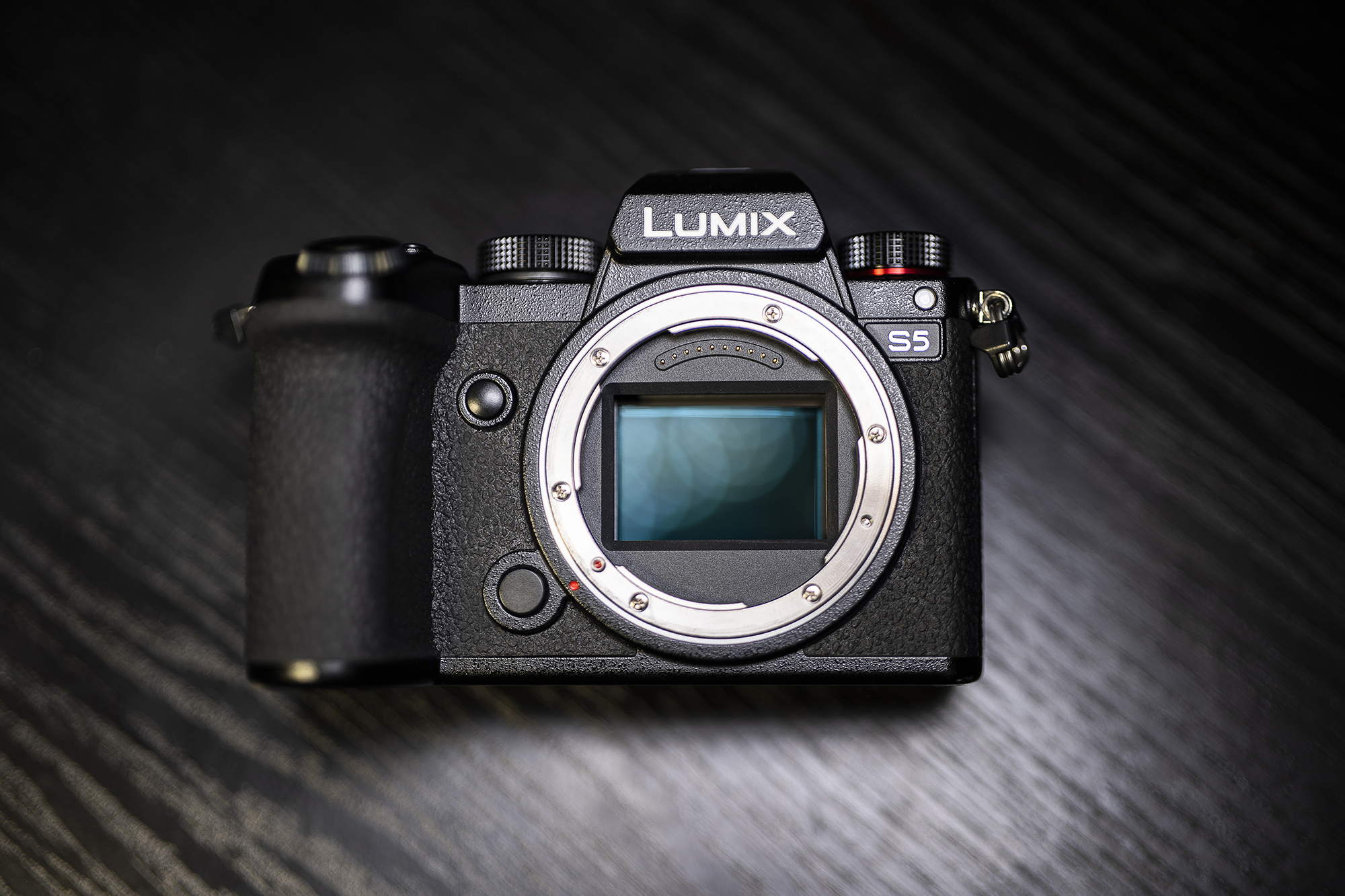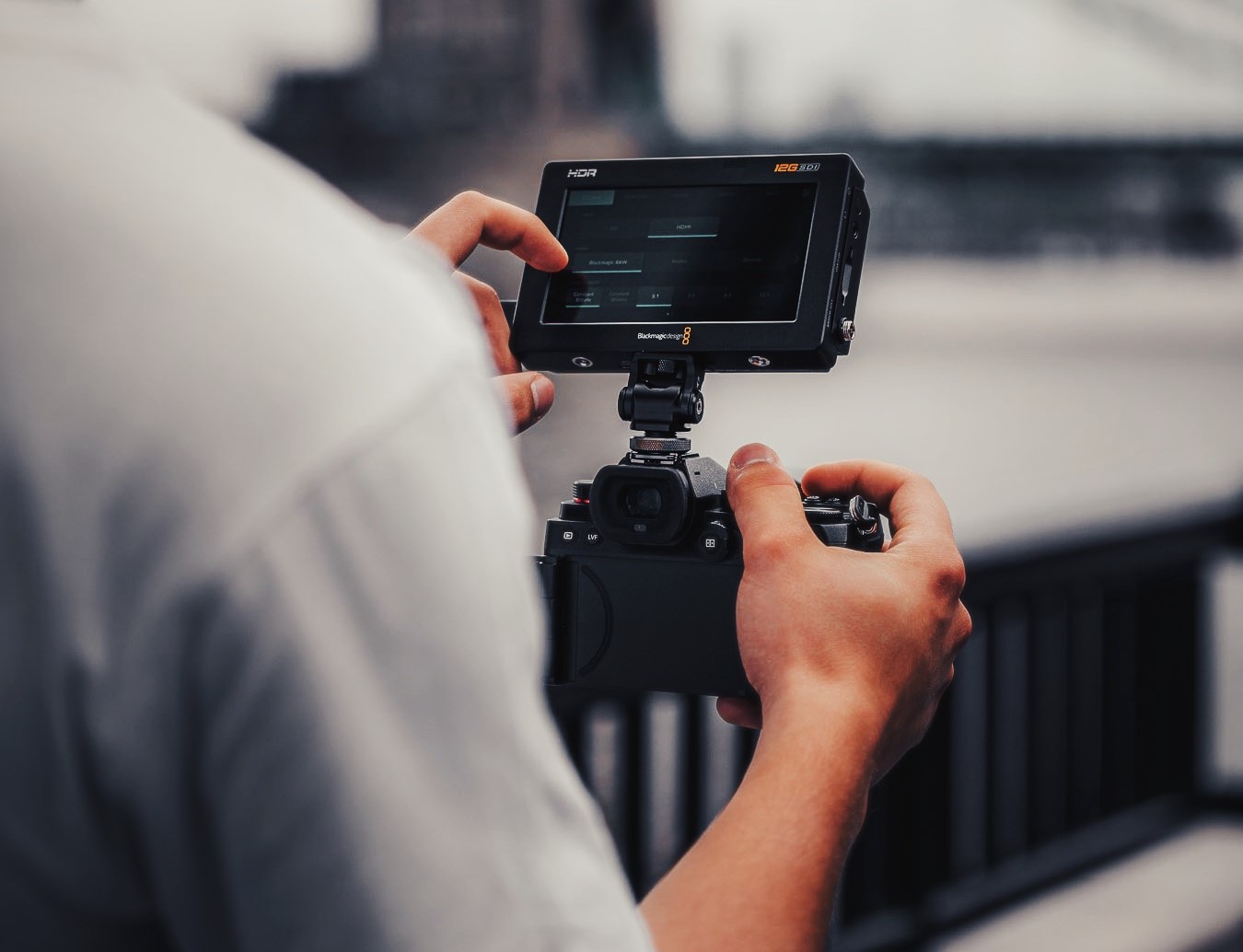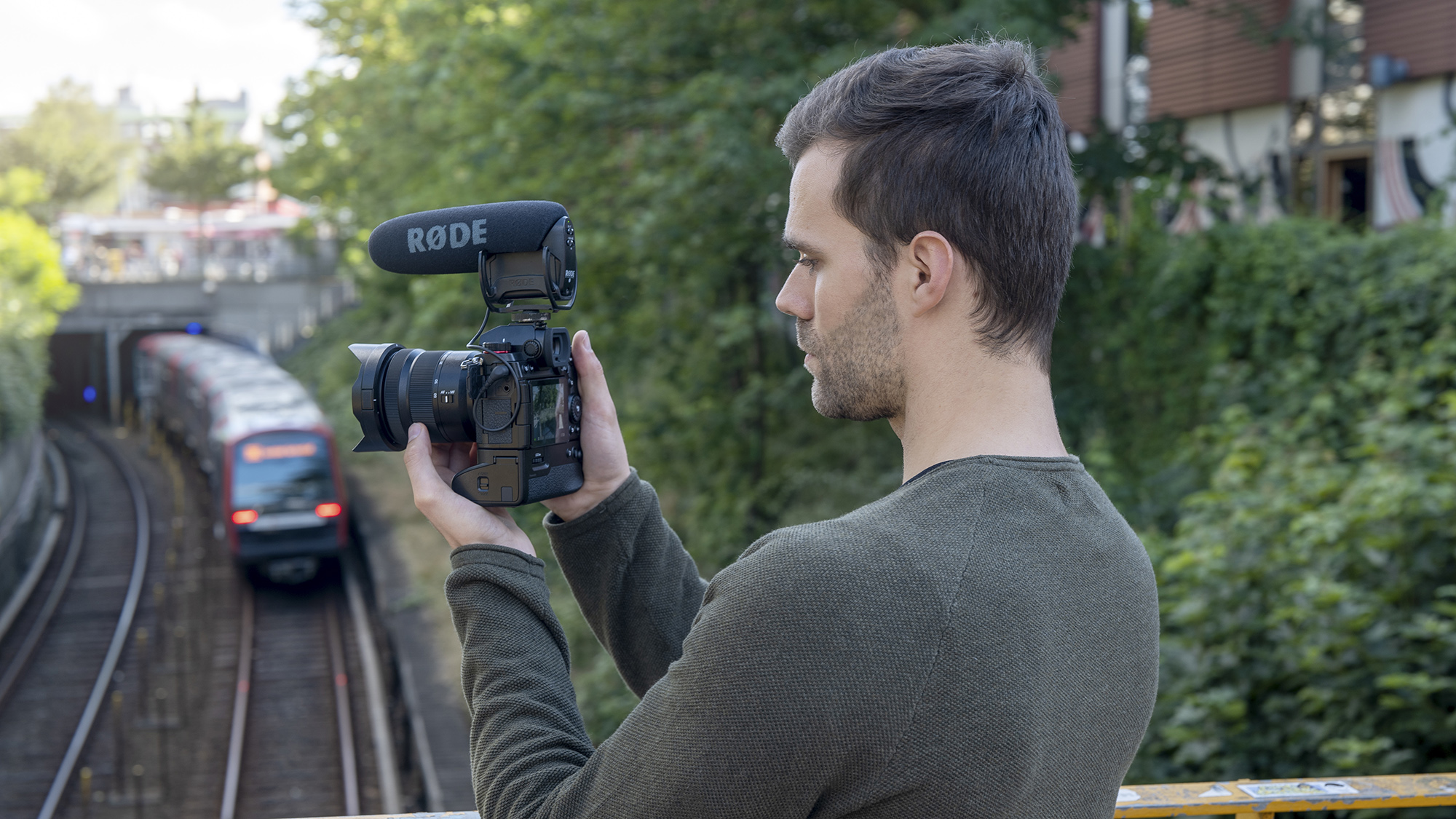Five features you need on your next video camera
So, once you’ve decided you want to start shooting video, the next thing to think about is what camera to buy. While most recent mirrorless cameras can record video, certain features will make filming professional-looking content much easier. The Panasonic LUMIX S5 is a perfect example of a hybrid camera that can shoot amazing videos and also champions stills too. If you’re looking to invest in your first camera for video or perhaps you’re looking to upgrade, there are five features we think your next video camera needs.
1. In-body stabilization
If you plan on shooting handheld video without a gimbal then in-body stabilization is a must. It will help reduce camera shake and ensure you end up with smooth content which will make your videos look more professional. The Panasonic LUMIX S5 has a few different stabilization modes that each have a different purpose. It has 5-axis sensor-shift stabilization which basically means the sensor inside the camera moves to compensate for any shaky movements you make while recording. Sensor stabilization is the most effective stabilization mode and it doesn’t affect the crop of your image. There is also electronic stabilization which is a digital form of stabilization. It works by cropping into your image slightly so that there is more space to move around the frame and counteract any jitters. Boost image stabilization (or Boost I.S.) mimics using a tripod by locking the stabilization onto a set point and keeping it still within the frame. When using compatible lenses with optical image stabilization (OIS) you can also make the most out of Dual IS which combines stabilization in-camera and stabilization on the lens.
2. Camera mount with lots of available lenses or adaptability

The last thing you want after spending loads of money on a fancy camera is to have to spend the same amount of money on lenses. Leica, Panasonic and SIGMA launched the L Mount Alliance back in 2018 and all three quickly began producing lenses for this new standard. The L-Mount opens up a whole host of options with now over 100 lenses to choose from and many are incredible value for money, such as the latest set of F1.8 LUMIX primes which retail at around £600. Sigma’s MC-21 EF to L adapter also means that you can use any Canon full-frame lens which massively expands your options. EF lenses have been around for a while so there are lots in the second-hand market too. In addition, the Sigma MC-31 adaptor for L Mount allows PL mount cine lenses to be used on L Mount cameras, and this opens up a whole host of anamorphic options for filmmakers, too.
3. Excellent low-light performance
No matter what type of video you plan on shooting, investing in a camera that works really well in low light ensures that you can shoot in most environments. Of course, you can always use light to brighten your image if you need to, but if you’re shooting a music event or a wedding for example, the last thing you want is added artificial light. The Panasonic S5 has the same Dual Native ISO as the Netflix approved S1H, only it’s a fraction of the size and weight. But what does it mean? Dual Native ISO technology is a clever way of exploiting the camera's sensor information to increase dynamic range. It works by using two native ISO circuits on the sensor that changes depending on the picture profile. When shooting in V-Log, you would have a low gain ISO of 640 and a high gain ISO of 4000. If shooting in ‘normal’ lighting conditions, try to keep the ISO as low as possible to reduce noise but even if you go up as high as 6400, you’ll still get a usable image.
4. A range of codecs to suit different projects

If you’ve come from a photography background, there are pretty much just two formats you can shoot in: RAW and JPEG. Video is not quite so easy, since there are lots of different formats known as codecs. On the S5 you can record in Long Gop, and depending on the resolution and frame rate needed you can choose to shoot in H.264 or H.265 (also known as HEVC). H.265 is up to 50% more efficient than H.264, which means you can record the same quality and bitrate but at half the compressed to as little as half the size. You also need to choose whether you want to shoot in ProRes RAW, BRAW, V-Log or Rec 709. The S5 is capable of shooting 5.9K ProRes RAW when connected to an external recorder such as the Atomos Ninja V. Similarly it can shoot BRAW (the Blackmagic-developed codec) when shooting with the Blackmagic Assist. Both ProRes RAW and BRAW output 12-bit video. If you don’t have an external monitor, the S5 can still output professional-looking video. It can record UHD up to 30p in 4:2:2 10-bit when recorded in H.264 or V-Log 10-bit 4:2:2, which is the best codec you can achieve straight out of camera.
5. Mic and headphone input

Recording good quality sound is just as important as recording good quality video. Nobody wants to watch a film that sounds awful - it’s just as bad as not having smooth footage. You’ll want to make sure your next video camera has an input for an external mic and headphones. Mic’s come in all shapes and sizes from shotgun mics that sit on the hot shoe to wireless lav mics that have a transmitter and a receiver and the type you need will depend on how far your subject is from the camera, how many people are talking and what style of video you’re shooting. Headphones are useful for checking sound levels when recording to make sure sound isn’t distorted because it’s too loud or inaudible because it’s too quiet. As far as cameras go, the Panasonic S5 is one of the best full-frame cameras you can buy for the price and it really does excel in both video and photography. It would suit anyone just starting out in video, someone wanting to upgrade to full-frame or someone looking for higher frame and bit rates.

Get the Digital Camera World Newsletter
The best camera deals, reviews, product advice, and unmissable photography news, direct to your inbox!
Digital Camera World is one of the leading authorities on camera and photography news, reviews, techniques, tutorials, comparisons, deals and industry analysis. The site doesn't just specialize in cameras, but all aspects of photography, videography and imaging – including camera phones, gimbals, lenses, lighting, editing software, filters, tripods, laptops, printers, photo books, desks, binoculars and more.
Whether you're using, looking to buy or trying to get the most out of a compact camera, action camera, camera drone, cinema camera, beginner camera or professional camera, Digital Camera World has a roster of experts with combined experience of over 100 years when it comes to cameras, photography and imaging.

